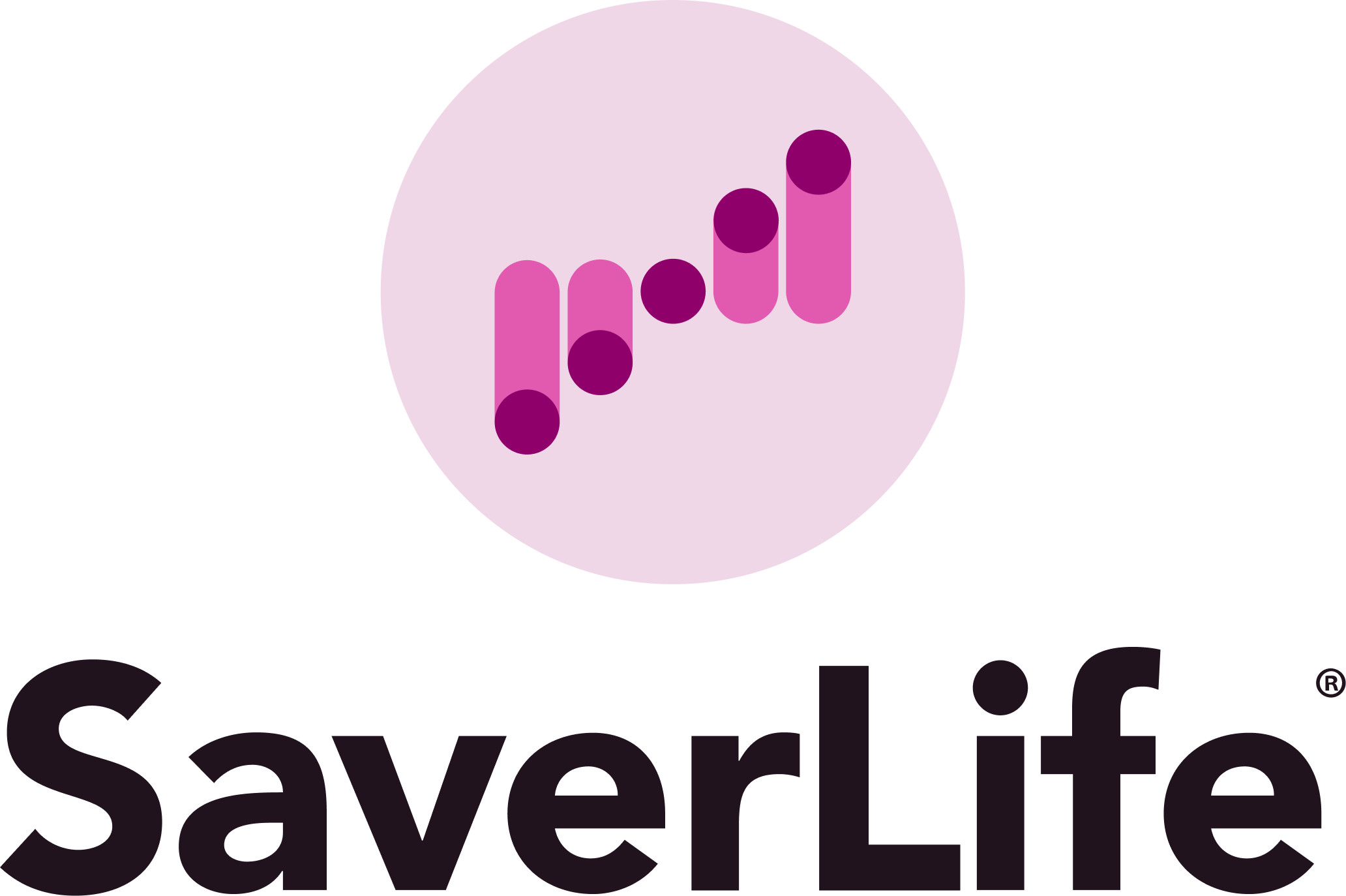Budgeting Basics to Build Up Your Bank Balance

No matter your stage in life, saving is likely at the top of your priorities. Money doesn’t buy happiness, sure, but financial security is important for your mental health and can allow you to focus energy on growing in other aspects of your life.
One way to kickstart saving is by creating a budget. Though it may seem confusing initially, a few resources can help you make sense of your spending. And once you get the ball rolling, all it takes is consistency to see results.
Everyone learns at their own pace, but it’s important to start with the basics. Starting with some of these strategies can help you fine-tune your approach to saving so you can meet your financial goals on your own terms.
Slow and steady wins the race
Money can be difficult to keep track of, especially if spending habits are left unchecked.
On the other hand, throwing yourself into an unsustainable saving routine can discourage you from consistently saving. So, start slow and build into your budget a savings routine that works for your lifestyle.
Start by developing an understanding of your spending habits and income. Saving is hard, but it’s even harder when you don’t know where your money is going.
First, start with what you have. Take a look at your paycheck. How much do you normally make after taxes? If you earn an hourly wage, how many hours do you typically work in a month? Do you have money sitting in a bank account, or are you keeping cash somewhere aside from your checking account?
Knowing how much you have to work with is the first step in creating a budget. Once you know how much you have, you can determine how to split it across expenses or set it aside for saving goals.
Prioritize necessary expenses
The second step in budgeting is logging your expenses.
Take some time to look through your purchase history or bank statement each month. List frequent or recurrent expenses in a budget sheet. If you notice you spend based on “categories,” try totaling them up under one title, like groceries, maintenance, etc.
It might be tedious, but one of the easiest ways to lose the reigns on money is not knowing where it’s going.
Your priorities should start with necessary expenses. These could be a range of things, but may include:
- Rent or mortgage payments
- Fixed bills (internet, phone, etc.)
- Food and groceries
- Insurance
- Debt repayment
Listing these expenses first makes you aware of what you’re truly responsible for. Setting aside an appropriate monthly amount for each item ensures you’re prepared when those bills roll around.
It’s also good practice to write down when bills are due, so you’re not surprised by any automatic payments. Try to be selective when you think about what your necessary expenses are. They should be things you absolutely need each month.
Cut down on unnecessary costs
Once you’ve logged your purchases and your necessary expenses are squared away, there’s still a lot of spending to evaluate. It’s time to decide how you can cut down on costs.
The best way to start is by categorizing unnecessary expenses into groups. Your categories might be:
- Restaurants
- Clothing
- Recreation
- Travel
Saving doesn’t mean you can’t enjoy yourself, and you don’t have to omit spending in these categories outright.
Instead, strategize ways to reduce spending in small ways throughout the month.
For example, instead of ordering rideshare, take the bus. Instead of getting your coffee at a cafe every morning, make it at home. Turn off your air conditioning and lights when you leave your house.
When you make these choices every day, you’re giving yourself more wiggle room to build a security net or save for the future.
Set a spending limit
Budgeting involves holding yourself accountable for your spending. A great way to keep yourself accountable is by setting limits.
Like maintaining a healthy diet or workout routine, budgeting is about keeping yourself disciplined toward a goal. Having a daily or weekly spending limit is a routine you can stick to.
Some credit cards and banks allow you to set these limits on your account or have an alert system when you spend more than an allotted amount.
Accountability here is key, so try to find ways to establish a support network. Talking to your partner or parents about curbing spending is one way to help you do this.
Make the most out of your savings account
You may be surprised by how much money you have left over when you limit spending and prioritize necessary expenses.
However, leaving that extra money to sit in your checking account may make it easier to spend. You can minimize excess spending and increase savings by making use of other accounts.
If you don’t have a savings account already, you may consider opening one. Obviously, the goal is to save what you can over time, but you can also use it to store money you’ll need for later. For example, you may choose to set aside a portion of your mid-month paycheck to pay for rent at the end of the month.
By keeping money in your savings account, you’re less incentivized to spend it. Banks typically set limits for withdrawals from savings accounts and require minimum balances, which will ultimately make it more difficult for you to casually pull money from the account. It may be the tough love you need to keep money where it matters most.
Set financial goals to work towards
Think about your long-term and short-term financial goals
Working towards a goal is the best way to stay motivated, and there are many goals to choose from.
Start with a short-term goal.
Short-term goals are a great start to your saving journey because they can be simple and actionable. You may have already completed one if you’ve made yourself a budget! Other short-term goals might include saving up an emergency fund, paying off your credit card, or going on a vacation.
These short-term goals help you see the merit of saving money and encourage you to continue to do so for other life goals.
Start by thinking about major life milestones and how financial security can make those experiences more positive. This may include buying a home, purchasing a car, paying off loans, or creating a college fund for your child.
Create sustainable habits
Saving should always be attainable, and it shouldn’t negatively affect your quality of life. You can’t hold on to every penny you have, but you can figure out a good rule for the money you’ll save each month.
There are two common saving rules that savers follow:
- The 50/30/20 rule
- The 60/20/20 rule
These are essentially the same, with some minor differences. For the former, you devote 50% of your earnings to necessities, 30% to discretionary spending, and 20% to savings. The latter adjusts this for those that need to devote more to necessities.
It’s important to be flexible with these percentages, so they reflect your income, liveable spending, and saving goals. If you keep these as a general guideline, you’ll likely build up savings in no time.
Try kick-starting savings with a savings challenge
Need help getting started? Try starting a savings challenge!
When you make your saving journey a fun competition for yourself, it reduces that feeling of distress that can arise from feeling you’re not saving enough. Plus, it’s a great way of keeping yourself motivated.
There are many saving challenges to choose from. One example is the 30-day savings challenge, where you take a month to exercise those financial muscles and cut costs.
Plus, SaverLife rewards you for participating in some of these savings challenges with cash prizes. There are always new challenges that you can participate in, so be sure to sign up and start saving.
SaverLife is your saving cheerleader
Budgeting and saving are mountains we all have to climb, but it’s okay to take things at a pace you’re comfortable with.
It’s important not to get discouraged if things don’t go as planned, especially if you’re new to saving. As your practice good financial habits, they’ll be easier to follow.
Saving doesn’t need to be as difficult, or as extreme, as some financial gurus say it is. If you need some help, SaverLife has your back! Sign up for SaverLife today and see how you can get rewarded when you save.

SaverLife is a nonprofit organization dedicated to helping people improve their financial health. Through savings challenges, personalized tips, and trusted resources, we empower people to build stronger financial futures.
